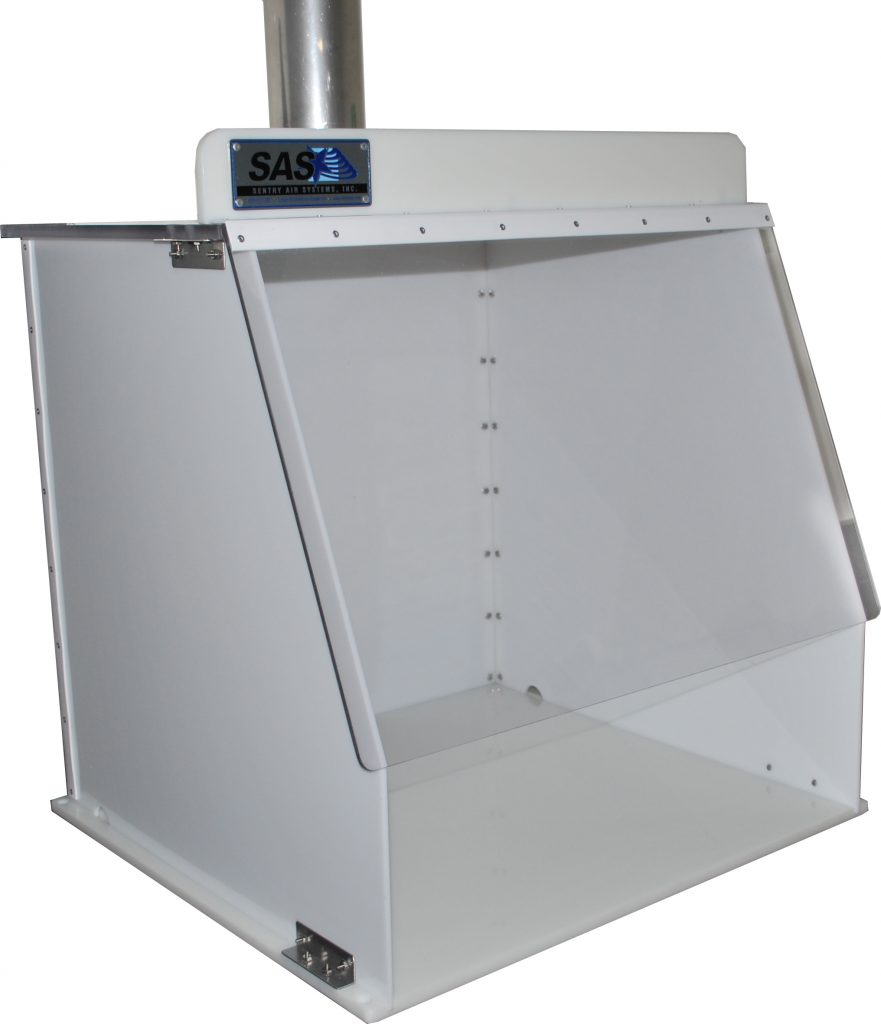Fluorine [floo r-een], commonly misspelled as “flourine”, is a poisonous pale yellow odorous element found in the Halogen Group of elements of the periodic table. Fluorine is one of the most reactive elements known; it reacts violently with water yielding flammable O2 and corrosive and toxic hydrofluoric acid.
Periodic Table of Elements: Fluorine
Hydrofluoric acid (HF) is used mainly for industrial purposes (e.g. glass etching, metal cleaning, electronics manufacturing). HF may also be found in some home rust removers. Exposure is usually accidental and often due to inadequate use of personal protective equipment (PPE). [1]
Fluorine is the most electronegative element, meaning it has the highest ability to more easily strip electrons from neighboring atoms and molecules causing reactions that may be highly volatile and/or unexpected. Fluorine gas and fluorine containing compounds react violently with many inorganic and organic materials, many at room temperature. Fluorine ignites in contact with ammonia, ceramic materials, phosphorus, sulfur, copper wire and acetone. [3]
In practice, fluorine will often be encountered as Hydrofluoric Acid produced from fluorine reacting with water vapor in ambient air or as a vapor above bulk HF storage.
Applications where Fluorine is used
The global market for fluorochemicals was about US $16 billion per year as of 2006. The industry is predicted to reach 2.6 million metric tons per year by 2015. Currently, the United States is the largest market for fluorochemicals. [4]
The United States’ hazard signs for commercially transported Fluorine are [4]:
Common applications where fluorine is used, includes:
- Plastics productions
- Production and purification of radioactive materials
- Microchip etching
- Electronic circuit cleaners
- Glass etching
- Pharmaceutical Industry, and more
Fluorine has strict exposure limits due to its highly toxic and poisonous nature
|
Recommended Exposure Limits |
|
|
Occupational Safety and Health Administration (OSHA): Permissible Exposure Limit (PEL) for General Industry |
0.1 ppm, 0.2 mg/m3 TWA |
| Occupational Safety and Health Administration (OSHA): Permissible Exposure Limit (PEL) for Construction Industry |
0.1 ppm, 0.2 mg/m3 TWA |
|
Occupational Safety and Health Administration (OSHA): Permissible Exposure Limit (PEL) for Maritime Industry |
0.1 ppm, 0.2 mg/m3 TWA |
| American Conference of Governmental Industrial Hygienists (ACGIH): Threshold Limit Value (TLV) |
1 ppm, 1.6 mg/m3 TWA 2 ppm, 3.1 mg/m3 STEL* *Short-term exposure limit |
|
National Institute for Occupational Safety and Health (NIOSH): Recommended Exposure Limit (REL) |
0.1 ppm, 0.2 mg/ m3 TWA |
Reference Scale: Irritation to the nose and throat begin to occur at 3 ppm while 25 ppm is considered immediately dangerous to life and health (IDLH). [2]
How dangerous is Hydrofluoric Acid? Even the smallest drop can be deadly!
|
Types of Exposure |
Routes of Exposure |
Symptoms |
Target Areas |
|
Liquid Gas |
Ingestion Inhalation Bodily Contact |
Pain; redness; blisters; burns; blindness; opacification of cornea; coughing/choking; inability to breathe/chest tightness; chills/fever; cyanosis; may cause laryngeal edema, bronchospasm, pulmonary edema, respiratory arrest, severe hypocalcemia, severe hypomagnesemia, and fluorosis. |
Lungs, Liver, Kidneys, Respiratory Tract, Eyes, Skin, Throat, Cellular System, Live Tissue, Bones |
Reducing Exposure: 8 things to remember when working with Hydrofluoric Acid [2]
- Never use fluorine when working alone, use the two-worker rule.
- In case of skin exposure, always have 2.5% calcium gluconate gel on hand.
- Complete extensive training before using fluorine and continue to learn best work practices.
- Always wear appropriate personal protective equipment (PPE); consult OSHA and/or your workplace safety professional when choosing PPE.
- Ensure proper documentation and signs are clearly visible.
- Develop a Hazard Analysis or Standard Operating Procedures before work begins.
- Always use hydrofluoric acid in a lab hood.
- Never eat or drink in the lab.
An Exhaust System may be the solution to your Hydrofluoric Acid exposure needs
Due to the toxicity of fluorine many workplaces and applications are using less dangerous, comparable substitutes. However, for those highly skilled professionals whose unique application requires small, controlled amounts of fluorine, a lab hood with exhaust system may be your best option for controlling fluorine fumes.
Sentry Air Systems has a line of ducted fume and exhaust lab hoods designed for applications requiring exhaust ventilation. These hoods are available in several sizes and are extremely compact and lightweight. They are built using stringent quality control measures and are designed to fit well into existing workspaces. Our hoods feature hinged folding side panels, a high-density polyethylene base, a clear polycarbonate top, and a hinged sloping front lid.
Our hoods can be an effective and economical tool for providing a safe workplace environment by removing hazardous and toxic compounds in a wide variety of commercial, medical, laboratory, and industrial applications.

 40-inch Wide Ducted Fume Hood
40-inch Wide Ducted Fume Hood
Model # SS-340-E
Comes in a variety of sizes.
Customizable features and accessories available.
Detailed information regarding outdoor ventilation standards for fluorinated gases can be found in the EPA’s Technical Support Document for Emissions from Production of Fluorinated Gases.
References
[1] “Hydrofluoric Acid.” Corrosion Doctors. N.p.. Web. 13 May 2013. http://corrosion-doctors.org/Acids/Hydrofluoric.htm.
[2] Baird, David, and Charlie Cooper. “Hydrofluoric Acid Safety.” Fermilab. PowerPoint Presentation.
[3] “Fluorine.” Chemical Safety.PurdueUniversity – Dept. of Chemistry. Web. 13 May 2013. http://www.chem.purdue.edu/chemsafety/Chem/FluorineSafety.htm.
[4] “Fluorine.” http://en.wikipedia.org/wiki/Fluorine.
Give Sentry a Call
For information give us a call at 1.800.799.4609, email us at sales@sentryair.com, or fill out this online form to have a Sentry Air Systems Applications Specialist contact you to discuss your process.

 Made in the USA
Made in the USA

